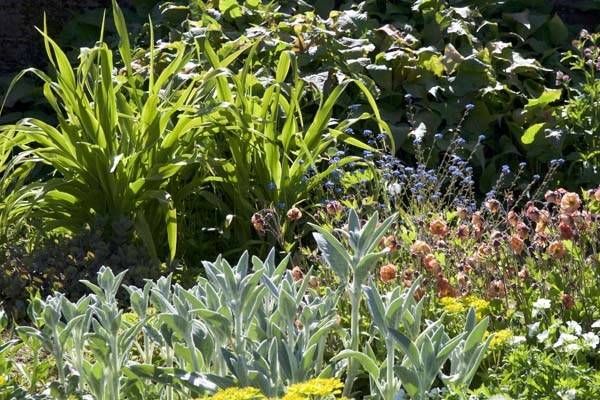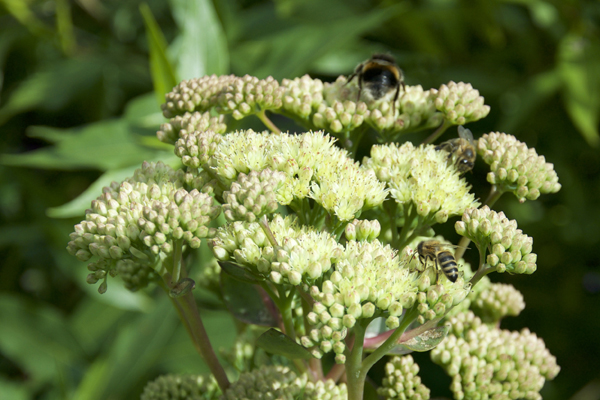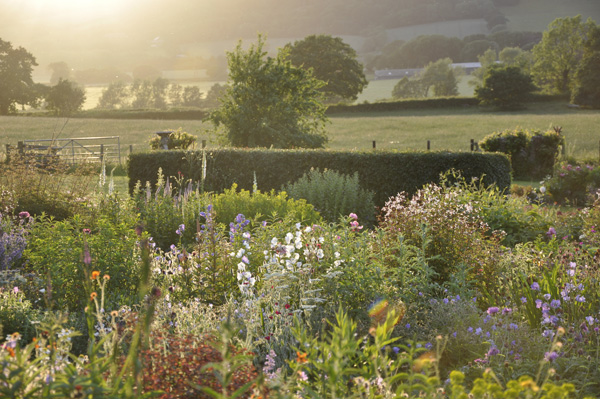A Guide To Choosing Perennials
I would say this wouldn't I, but I think perennials are essential to every garden. They are easy to grow and maintain, and provide months of colour, year-after-year. But with so many perennials to choose from selecting the right ones can be rather difficult, if not confusing. Here are few tips that you might want to considered before buying a plant.
Soil Is Important
Most perennials grow in well-drained soil that does not stay wet for long, but if the soil is really dry or stays wet for a long time there are still many varieties to choose from. Because most perennials originate from meadow or grass land they grow best in soil that is not too rich in nutrients. If you are uncertain about your soil type a simple to use shop-bought soil tester can be useful. Be aware though, that the soil in one area of your border may be different to that in another area.
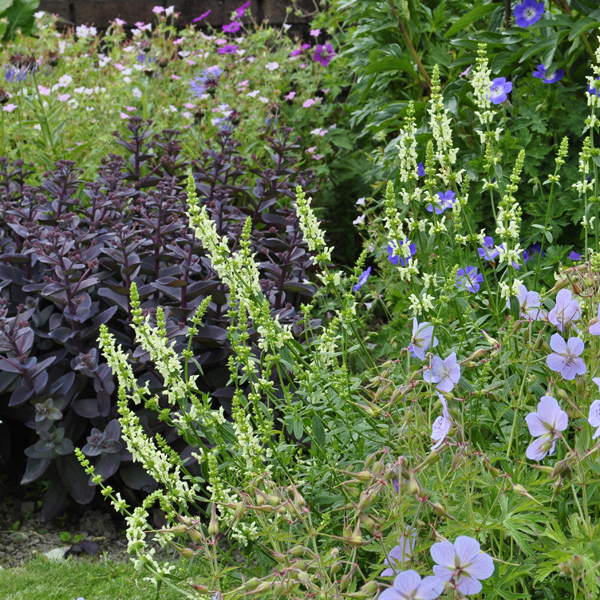
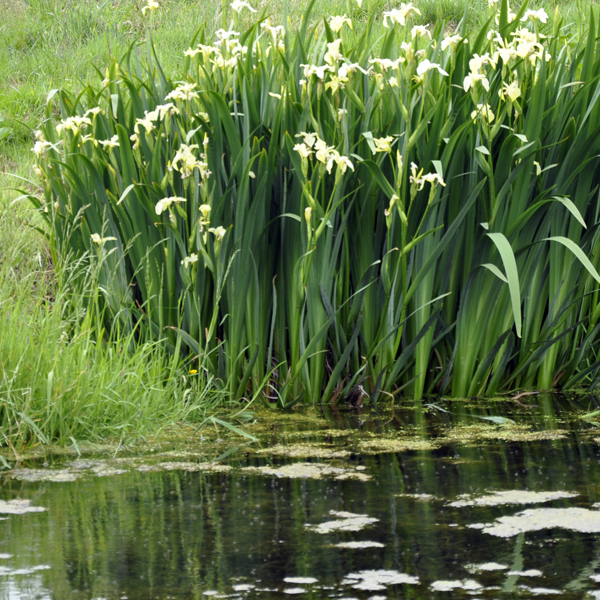
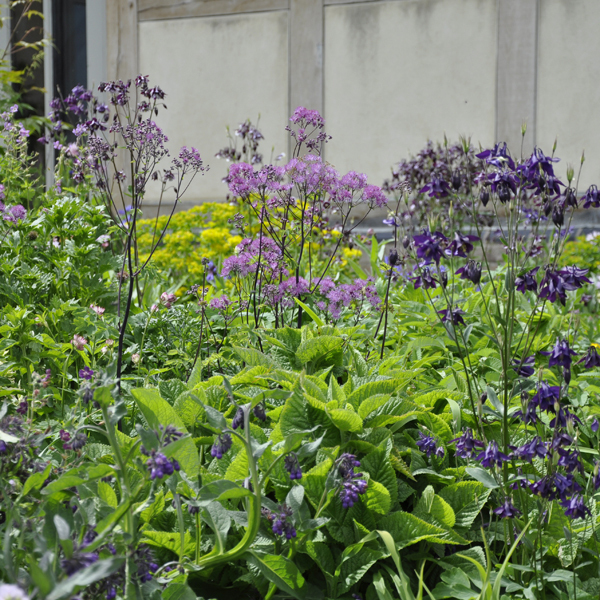
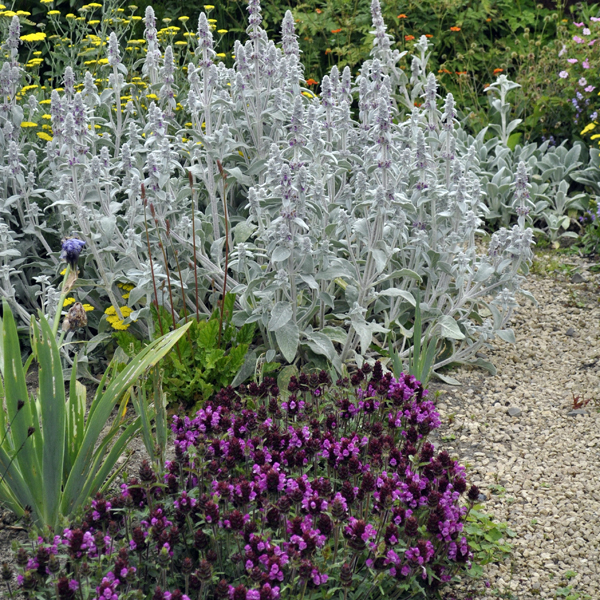
Well-drained soil is a blessing as most plants will thrive in this soil, whereas wet and boggy soil needs specific plants as does a very dry soil
Plants For Sun & Shade
The amount of light available to a plant will also define your choice of plants. Stand in the place where the plants are to be grown and take a look at where the sun is. Most perennials need sun for a good proportion of the day, say from 10 am to 4pm, while some are natural woodlanders and love shady spots.

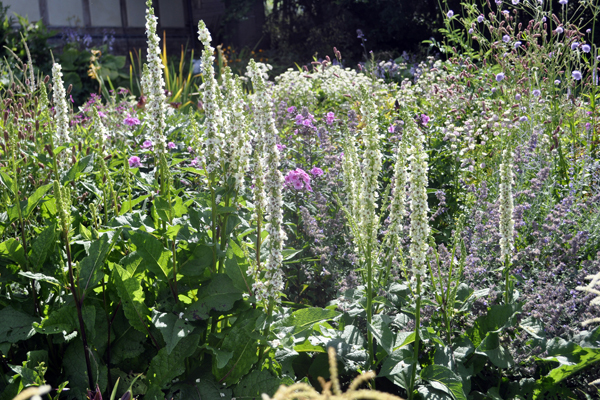

Phlomis and Aconitum will grow in areas that are quite shady, white Verbascum x chaixii 'Album' provides a white backdrop to a shady border, Polygonatum and Lamprocapnos are great for much shadier areas
Think About The Height & Width Of A Plant
Perennials come in all shapes and sizes. Tall ones can grace the back of a border, while short, spreading types are great for the very front. As perennials die back in autumn and re-emerge in spring they strive to reach the ultimate height and width within one growing season. They also grow at different rates so if you plant a tall perennial in front of a short one, the shorter plant will be hidden if they both bloom at the same time.
Choosing Flowering Times
I love my garden to have flowers for as much of the year as possible, but some gardeners don’t spend much time in the garden until the days get warmer and lighter. Consider when you use the garden most. For instance if space is limited don’t waste money growing early spring flowering perennials that may never be seen at the end of the garden.
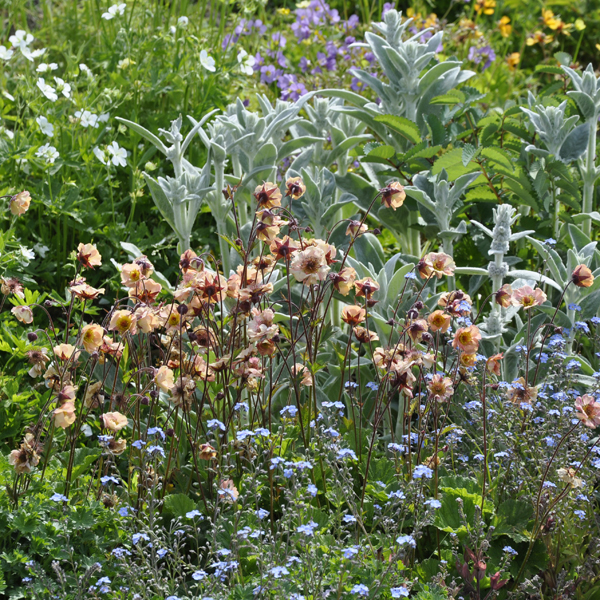
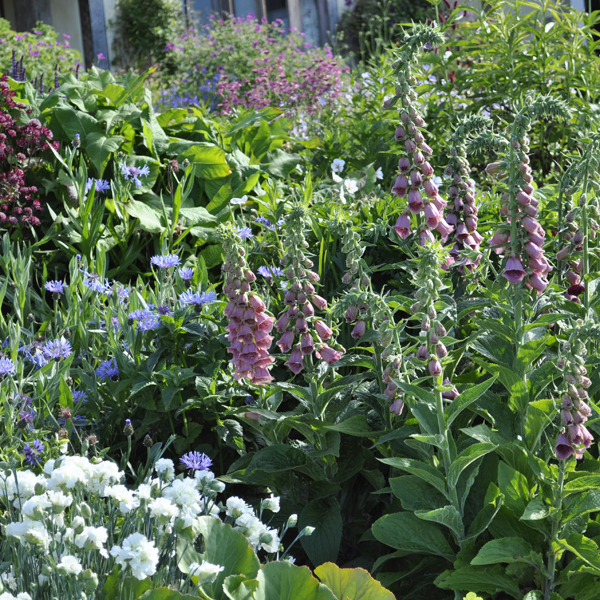
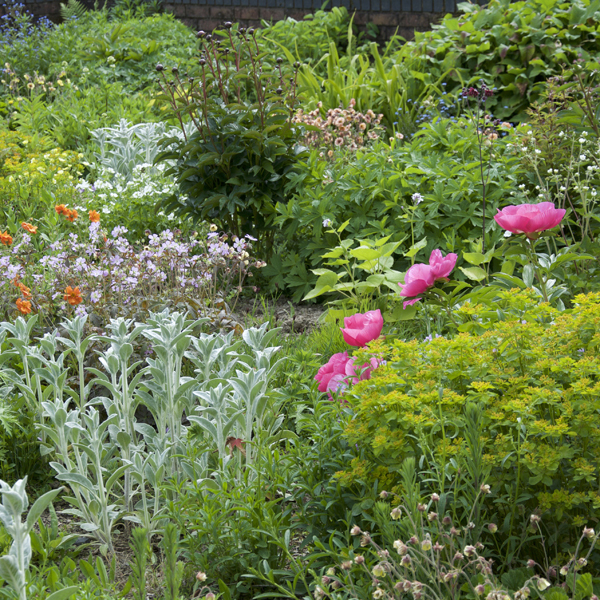

Geum are a mainstay for May - Digitalis for late May to July - Peonies and Hardy geraniums for June - there are lots of options among perennials for autumn too
Consider Colour
Just as you spend time choosing curtains for your windows, the choice of flower colour is a personal thing. Most of us have favourite colours so don’t let anyone say that you should not put two disparate tones, such as yellow and pink, together. If its what you want, go with it!
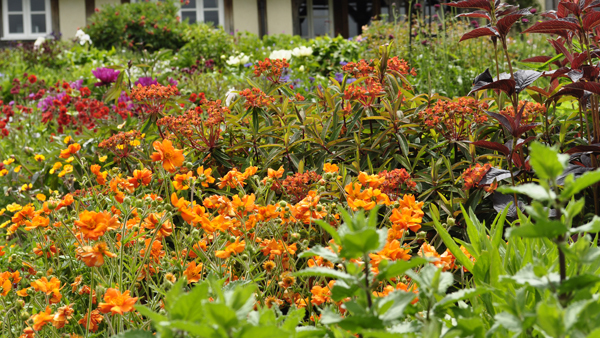
Planting varieties with flowers of the same colour can add drama to a border such as this border with bright orange Geum 'Prinses Juliana' and Euphorbia x griffithii 'Fireglow'
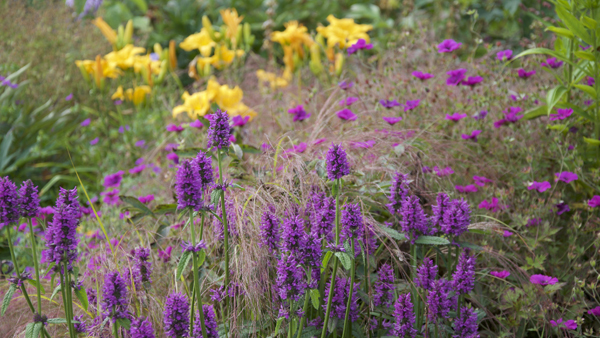
Contrasting colours will enhances both colours. Here I grow yellow daylily in front of purple Stachys officinalis 'Hummelo'
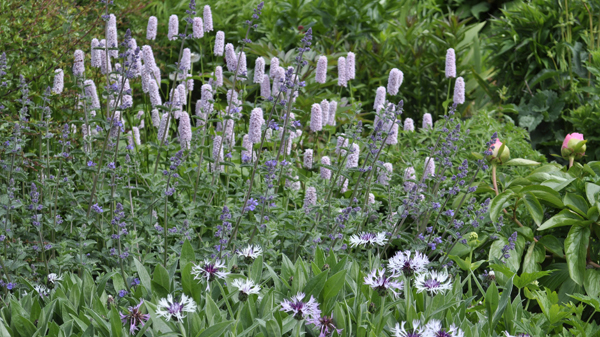
The soft blends of pink Persicaria bistorta 'Superba', blue Nepeta 'Six Hills Giant' and white Centuarea montana 'Purple Heart' is easy on the eye
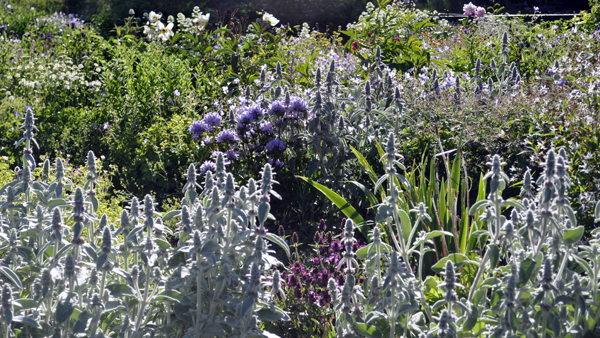
Repeating one colour such as white draws a border together. In this case I use silver-leaved Stachys byzantina
Other Things To Think About
There are other considerations that might help limit the number of plants to choose from. You might want to attract wildlife, or to cut flowers for the vase. If space is limited you may want the longest flowering varieties. You can also choose plants that have been awarded the Award of Garden Merit (AGM) by the Royal Horticultural Society. It is a great guide, but not one that is faultless.
On The Website
You can select soil type, amount of sun (full sun, partial shade, etc), height and width and much more when you BROWSE PERENNIALS on the website. My book ‘Claire Austin’s Book of Perennials’ can provide you with more information too.
